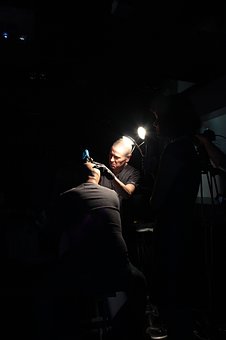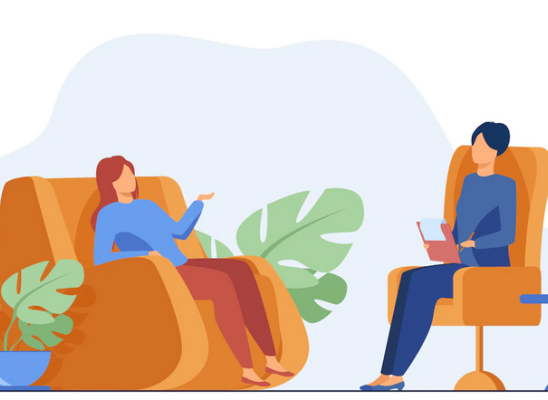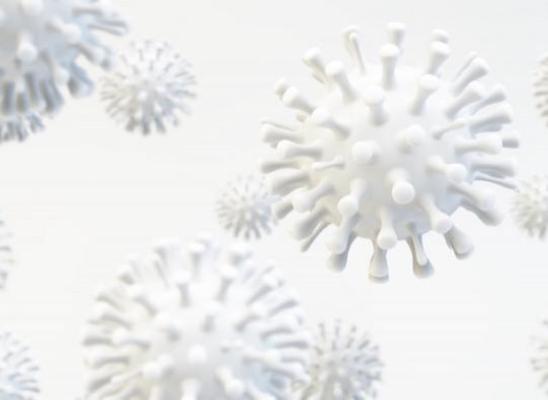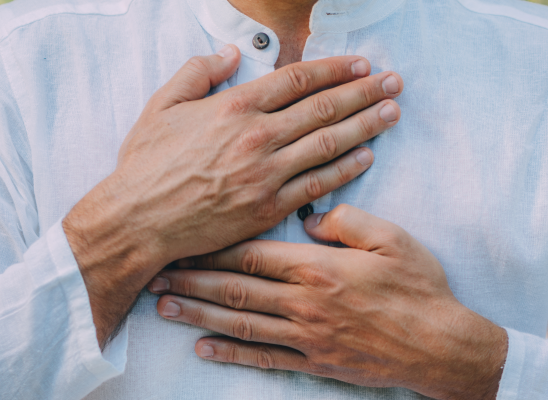Common myths about trichotillomania
Online test
Find out the severity of your symptoms with this free online test

Trichotillomania? Sounds like Giberish to others or a somewhat difficult to understand disorder, but we know how debilitating this disorder can be, so we want to try to help you manage the behaviour by helping you understand it better. The more you learn and understand about your condition, the better equipped you will be to make informed choices about treatment and recovery. Before we discuss the most common myths about trichotillomania, here is a snapshop of the disorder.
- Research indicates that about 1 or 2 in 50 people experience trichotillomania in their lifetime.
- The majority of Trichotillomania sufferers are girls and women, though men and boys suffer with Trichotillomania, as well.
- Most suffer in silence and hiding, meaning that it is one of the most under diagnosed psychological conditions
- Compulsive hair pullers typically pull just one hair at a time.
- Some compulsive hair pullers pull hair out for hours each day.
- Many compulsive hair pullers wear hats, wigs, false eyelashes and makeup to cover their missing hair, eyebrows or eyelashes.
- Some compulsive hair pullers experience times of spontaneous relief from the condition, only to have it return again months or years later.
- There are no statistics on the number of children suffering with the problem.
- Children as young as 12 months old have been reported to compulsively pull hair.
- There currently is no medical cure for Trichotillomania.
- Some child and adult hair pullers ingest hair, which can cause a dangerous, intestinal blockage called a “trichobezoar.” Those who ingest hair should be evaluated by a medical doctor.
- It is also known as compulsive hair pulling disorder
- It is characterized by the repetitive pulling out of one’s hair
- Trichotillomania is one of a group of behaviors known as body focused repetitive behaviors (BFBRBs)
- Trichotillomania is NOT an Obsessive-Compulsive Disorder (OCD), but is classified under the OCD and related disorders in the Diagnostic and Statistcal manual (DSM).
Myths about trichotillomania

Myth #1: Trichotillomania is a rare disorder
Hair pulling was first mentioned by Aristotle in the fourth century B.C. was first described in modern literature in 1885, and the term trichotillomania was coined by the French dermatologist François Henri Hallopeau in 1889. In 1987, trichotillomania was recognized in the Diagnostic and Statistical Manual of the American Psychiatric Association, third edition-revised (DSM-III-R).There are over 200,000 cases of trichotillomania in the U.S. every year, and these are just counting those who have sought professional help. Imagine how much larger this number gets when you count those whose condition may be mild or those who are simply too ashamed to seek help.
Myth #2: People who suffer from trichotillomania can just stop pulling out their hair with will power
As previously mentioned, trich is on the obsessive compulsive disorder spectrum and is more than just a bad habit. Those who suffer from trichotillomania can experience both mental and physical reactions while resisting the urge, making extremely difficult to resist, especially during stressful situations. Anxiety is also a major factor that can contribute to hair-pulling.
Myth #3: Hair-pulling is physically harmless
Despite the fact that there are negative social consequences of trichotillomania, there are also physical effects. Physical effects of trichotillomania can include:
- Infections in skin or hair root site
- Permanent hair loss
- Repetitive stress injury
- Carpal tunnel syndrome
- Gastrointestinal obstruction if hair is ingested
Myth # 4: Trichotillomania can be cured
There is currently no exact cure for trichotillomania. There is an extreme lack of medical studies pertaining to trichotillomania, and no specific treatments are known to stop the urge. Genetics play a big role when it comes to trichotillomania and chemical/hormonal imbalances do as well. Trichotillomania is currently considered a chronic disorder. However just bcause there is no miracle cure, does not mean you destined to live with the behavior forever. Similar to addictions like alcoholism, you may learn to stay 'sober' but it is something you constantly need to be aware of and manage.
Myth #5: Trichotillomania makes you ugly
Trichotillomania may alter physical appearance, but sufferers and non-sufferers alike need to keep in mind- ALWAYS- that beauty lies deeper than the skin and hair.
Online test
Find out the severity of your symptoms with this free online test
Start your journey with TrichStop
Take control of your life and find freedom from hair pulling through professional therapy and evidence-based behavioral techniques.
Start Now



